Shaving the hair on the face generally does not have a direct impact on the skin, but may cause short-term discomfort or long-term changes in hair condition. Facial hair has the function of blocking dust and regulating sweat. After shaving, skin sensitivity, folliculitis, or hair thickening may occur. After shaving facial hair, the skin loses its natural barrier and external stimuli are more likely to come into contact with the epidermis. The evaporation rate of the stratum corneum water increases, and some people may experience dryness, redness, or itching. Blade friction may cause subtle damage that is not visible to the naked eye, increase the risk of bacterial infection, and form red papules or pustules. After mechanical stimulation of hair follicles, newly formed hair may present a thicker and harder visual appearance, which is related to changes in the cross-sectional morphology of the hair shaft. In rare cases, improper operation can lead to obvious skin problems. Reverse shaving may induce hair follicle ingrowth, where hair curls and grows beneath the epidermis, forming red and swollen particles. Frequent shaving can damage the skin barrier function and worsen chronic problems such as rosacea or seborrheic dermatitis. Improper operation by individuals with scar constitution may result in pigmentation or hypertrophic scars.
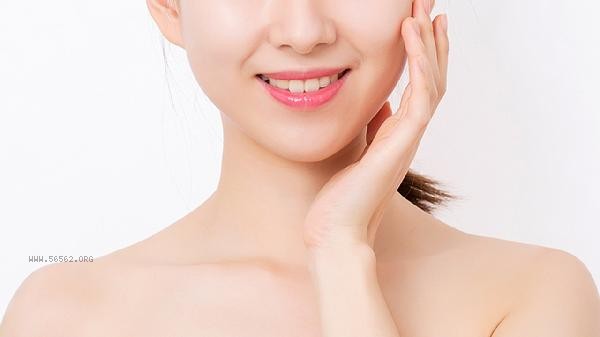
It is recommended to use clean and sharp shaving tools, soften the hair with warm water before shaving, and operate in the direction of hair growth. Immediately use non-alcoholic soothing products after shaving and avoid direct sunlight. Sensitive muscles can use electric shavers to reduce friction, with no more than 3 operations per week. If there is persistent redness, swelling or rash, it should be stopped in a timely manner and dermatologists should be consulted. Daily sun protection and moisturizing should be strengthened to maintain the health of the skin barrier.
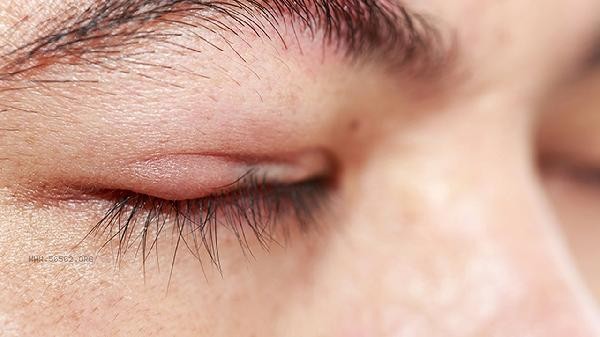
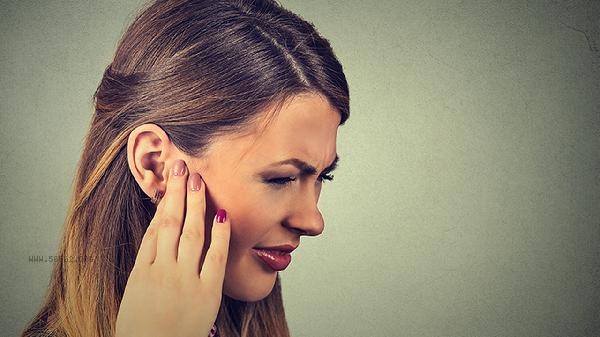

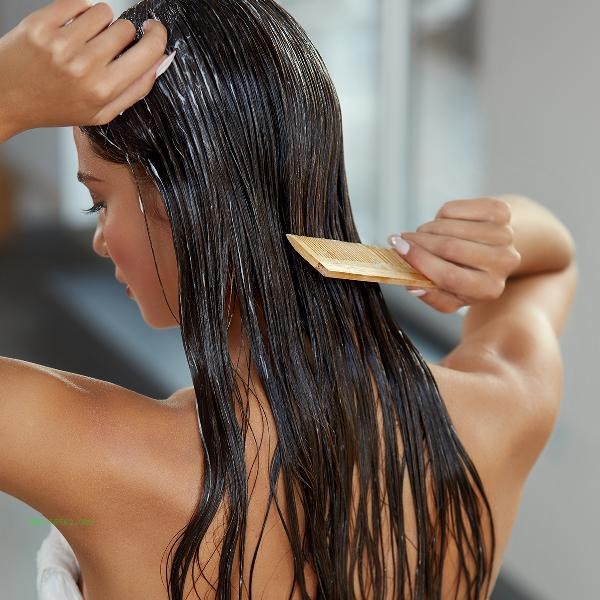
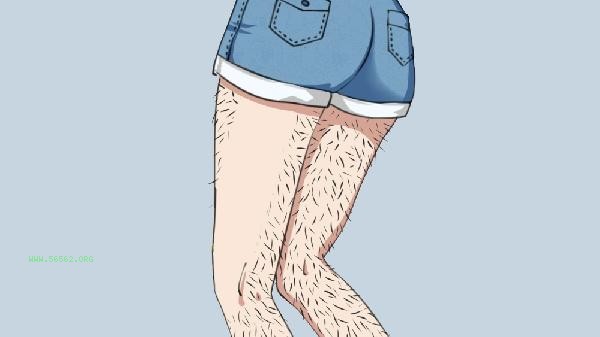

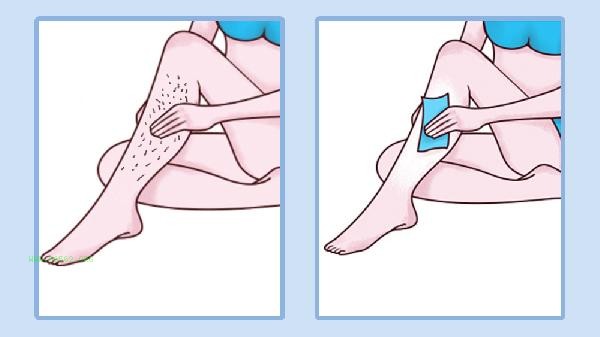
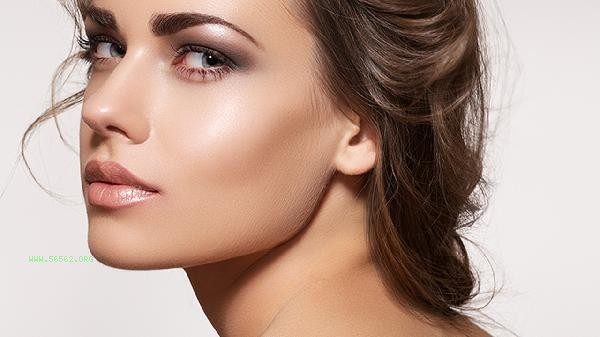


Comments (0)
Leave a Comment
No comments yet
Be the first to share your thoughts!